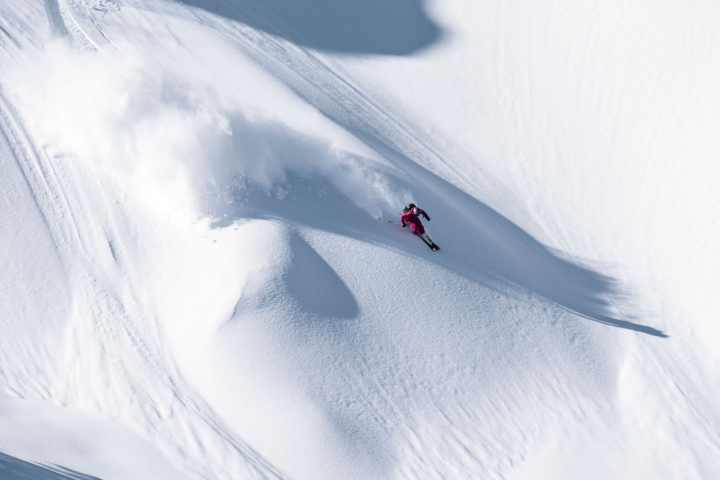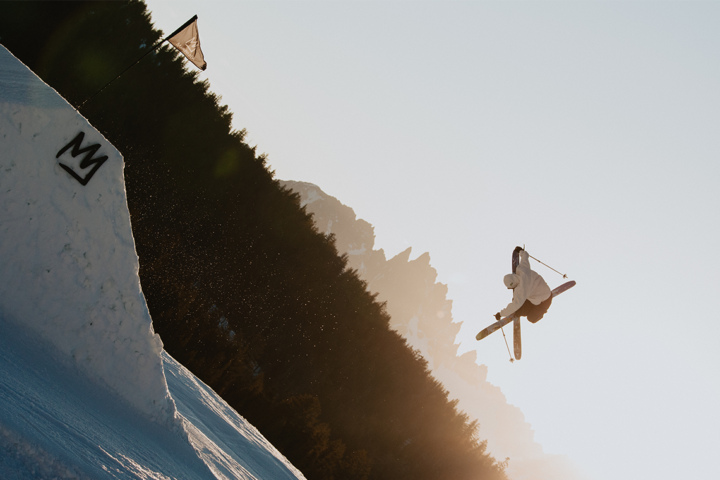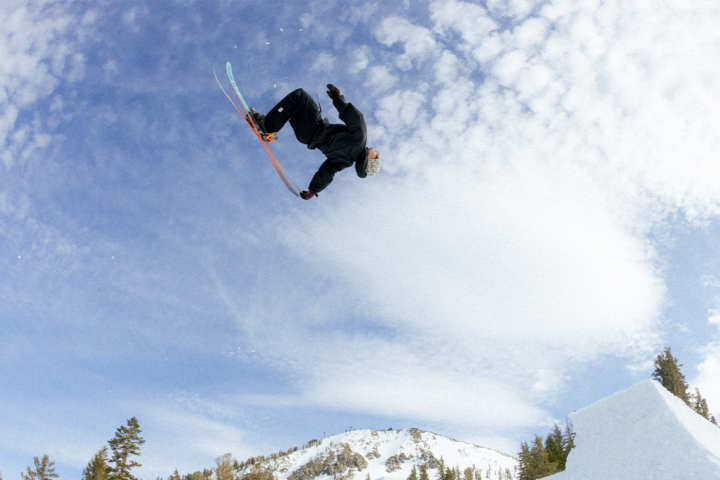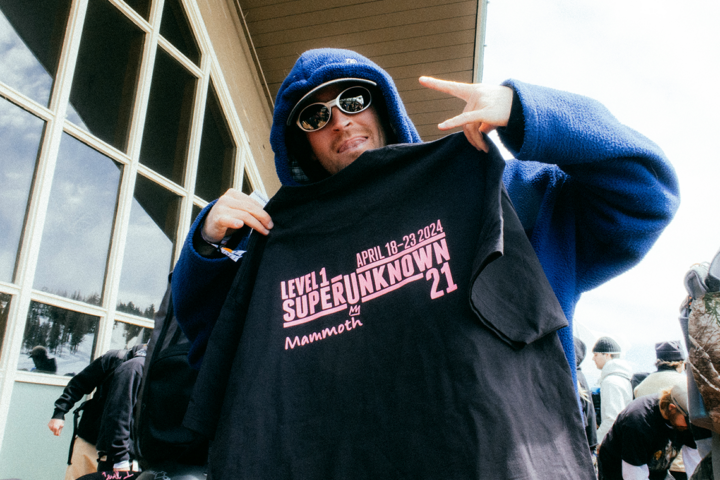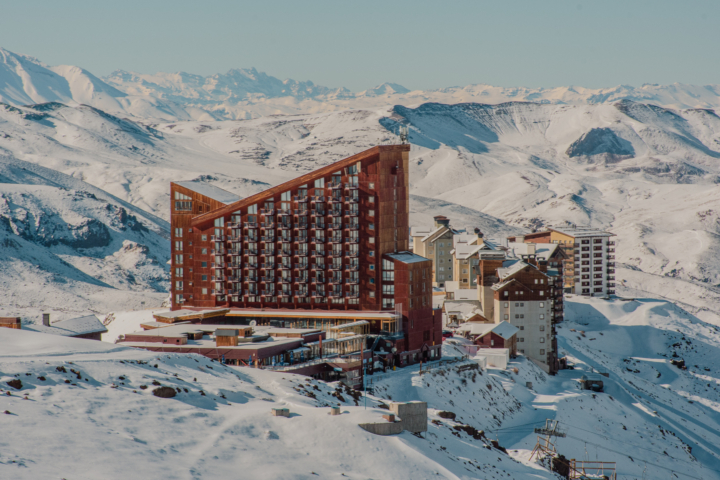Photos by Art Burrows.
Booking a backcountry hut wasn’t always as easy as the click of a mouse. More than 30 years ago, when a few rustic cabins in the Elk Mountains were the only ski huts in Colorado, reserving one meant showing up on the doorstep of Alfred Braun’s house in downtown Aspen. The crusty German immigrant, who founded what is now known as Mountain Rescue Aspen, managed the hut system and was known around town as a skilled mountaineer and the one that made sure skiers were up to par.
“He’d size them up to see whether they were backcountry types who knew what they were doing,” says Hawk Greenway, who took over as hut master following Braun’s death in 1988. “He’d refuse to give the key if avalanche danger was too high or if he didn’t think they could handle it. If he approved, he’d hand them the key and a roll of toilet paper.”
While many of today’s hut trips are characterized by gourmet meals and drinking games, the eight huts that now make up the Alfred A. Braun Hut System were built for one purpose: skiing.
“It’s the best system of backcountry huts in the country for actual ski terrain,” says Aspen local Chris Davenport. “There are other amazing hut systems out there, like the 10th Mountain, but they are more focused on the touring. The Braun huts offer some amazing access to ski mountaineering and steep skiing. Every single one of them is positioned perfectly for amazing skiing.”
Braun managed the huts for more than twenty years and oversaw completion of the Barnard, Goodwin Green and Green-Wilson huts.

“He had this old war surplus Jeep, and he’d shuttle the beams and windows to his favorite spots,” says Greenway. “The views were minimal. The windows weren’t oriented for solar gain. He didn’t want people in the huts except to spend the night. His whole philosophy was building refuges in the places that had great skiing.”
“They were beyond rustic,” says Dick Jackson, owner of Aspen Expeditions, an Aspen-based guide service that uses the huts commercially. “There were times where you could have the stove going full time all evening, and it was still colder inside than outside.”
All eight huts have been remodeled in the last decade (the Markley Hut was also moved to a nearby sunnier location), and they now rival some of the nicest huts in the state. Many of the new huts feature south-facing decks, expansive views, electric lights and solar panels, but all were designed in the Braun tradition of keeping things intimate and integrated into the landscape. The most recent addition to the system, Opa’s Taylor Hut, opened in 2012 and offers the most spectacular views within the hut system. Named for Braun, who was known as Opa (German for grandpa) by his family and friends, the refuge is anchored in granite at an altitude of almost 12,000 feet, just southeast of Taylor Pass.
“It’s the spider at the center of the web,” says Jackson. “You can get to all the huts from Opa’s within 5 or 6 miles. It’s opened up all these cross-country routes, including the grand traverse route over to the Friends Hut on the Crested Butte side.”
Navigation skills are critical for finding the Braun huts, as the routes are often above tree line. Even with GPS, in a storm, zero visibility can be a major problem. A warning on the hut system’s website states, “Routes are not marked or maintained. The route into Opa’s Hut in particular presents serious route finding and terrain challenges and should only be attempted by experienced backcountry travelers.”
“I’d guess more people sleep in the snow within the Braun system than in any other hut system in Colorado,” says Ben Dodge, executive director of the 10th Mountain Division Hut Association, which accepts reservations for the Braun huts. “It’s a completely different creature than the 10th Mountain Division huts. The routes to the huts are located within avalanche prone terrain, and the day trips from the huts are also more likely to be in avalanche terrain.”
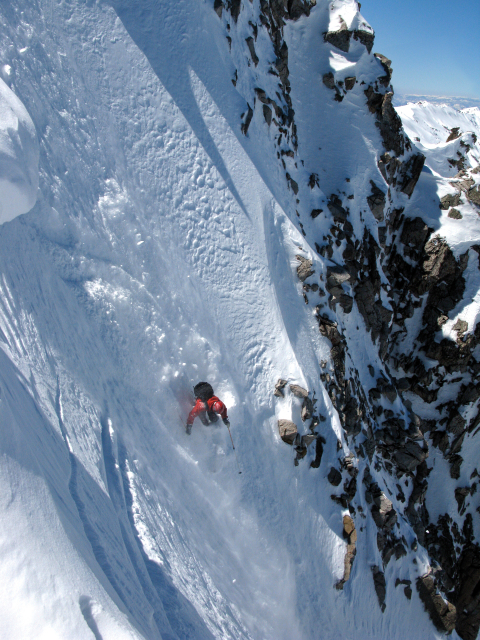
The most infamous story remains the 1993 fiasco dubbed “Miracle in the Mountains” by the media, involving seven unprepared skiers, the worst
storm since 1934 and a $30,000 rescue effort. The group from Denver, led by Ken Torp, headed to the Goodwin Greene Hut in blizzard conditions with extreme avalanche danger and quickly became lost. The four-day rescue effort ended successfully but not without extreme monetary cost to Pitkin County and risking the lives of more than 80 volunteers.
Photographer and telemark skiing pioneer Art Burrows has been using the huts since the 70s. “For the person who likes more of an exposed, raw high-altitude experience with a little more risk and challenge, it’s the perfect hut system,” he says.
Of the eight huts—Markley, Barnard, Friends, Goodwin Greene, Lindley, Opa’s Taylor, Tagert and Green-Wilson—the Markley and Lindley are the most accessible, with approaches that take less than two hours. Aspen locals frequently ski to the Markley Hut on a weeknight and make it to work on time the next morning. If you’re after the best bang-for-your-buck skiing from one of the huts, you might make the trek to the Tagert Hut, which accesses innumerable lines in Pearl Basin. Large parties should book the Tagert and Green-Wilson huts, which are only 50 meters apart. But the ultimate way to experience the Braun huts is to link up two or three of them for a European-style multiday trip. Davenport suggests the Star Peak traverse route. He leads a three-night, four-day trip through Aspen Expeditions using three of the Braun huts.
“The huts are manageable distances, which makes for plenty of time for skiing,” says Davenport.
The terrain between the Lindley Hut, Opa’s Taylor Hut and Friends Hut offers everything from 3,000-foot sustained 40-degree couloirs on Taylor and Star Peak to low angle glades in the Taylor Valley Basin for when avalanche danger is considerable.
Whether you rally up for a one nighter or hire a guide and tour a Colorado haute route, the Braun huts offer something for every backcountry skier.
Suggested route from Aspen Expeditions & Chris Davenport:
The route begins at the Lindley Hut, which offers fun, manageable ski pitches in the basin above and some south and west facing slopes towards Taylor Peak. The next day, en route to Opa’s Taylor Hut, you’ll encounter a good size climb out of the Castle Creek drainage over Italian Pass to the upper Taylor Creek River Basin. From Opa’s Taylor Hut, there’s plenty of skiing on and around Taylor Peak. The next day takes you over Star Pass, where you’ll view the Crested Butte side of the Elk Mountains and ski down to the historic Friends Hut. From there, it’s possible to ski tour up Pearl Pass or Star Peak, which offers some aesthetic couloirs on the south side. Then, it’s back to Ashcroft, via Pearl Pass, where side trips are possible but avalanche conditions are often tricky. Splurge on the guide fee and Aspen Expeditions and Chris Davenport will ensure you experience the best the Elk Mountains have to offer.
Details:
Trip length: 4 days, 3 nights
Dates: Early April (TBD)
Cost: $2,175
aspenexpeditions.com
Related: Destination: Taos Ski Valley, a true skiing treasure in the desert


